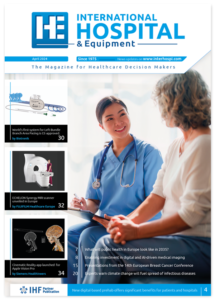Chemical compound shows promise as alternative to opioid pain relievers
A drug targeting a protein complex containing two different types of opioid receptors may be an effective alternative to morphine and other opioid pain medications, without any of the side effects or risk of dependence, according to research led by the Icahn School of Medicine at Mount Sinai.
Morphine is still the most widely-used pain reliever, or analgesic, in people with severe pain, but chronic use can lead to addiction and negative side effects such as respiratory issues, constipation, or diarrhoea.
In a previous study by Lakshmi Devi, PhD, Professor of Pharmacology and Systems Therapeutics at Mount Sinai, researchers identified a therapeutic target called a GPCR heteromer, which is a protein complex that is made up of two opioid receptors called mu and delta. They also showed that the heteromer is abundant in the area of the brain that processes pain, and is the likely cause of morphine tolerance and side effects.
In the current study, Dr. Devi carried out high throughput screening in collaboration with researchers at the National Institutes of Health (NIH) to identify which small molecules might act on the signalling pathway associated with this protein complex. Researchers found one compound called CYM51010 that was as potent as morphine, but less likely to result in tolerance and negative side effects. Dr. Devi

